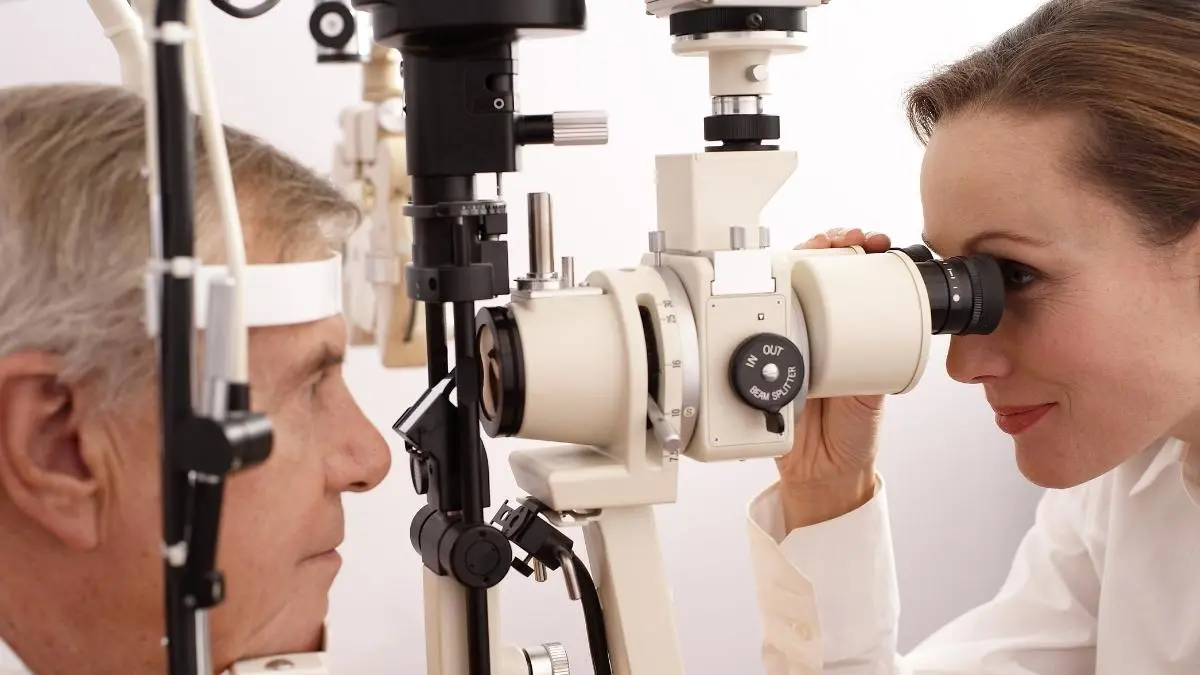HEALTH AND FITNESS
Restoring Sight: Stem Cell Therapy for Eye Injuries in Turkey

Eye injuries, whether from accidents, diseases, or genetic conditions, can have a devastating impact on a person’s quality of life. For years, treatment options have been limited, often focusing on managing symptoms rather than restoring vision. However, the field of regenerative medicine is offering new hope. Stem cell therapy is emerging as a groundbreaking approach to repairing damaged eye tissue and restoring visual function. Turkey, in particular, is becoming a hub for this innovative treatment, with institutions like Liv Hospital leading the way in personalized cellular therapies. This article will explore how stem cell therapy works for eye injuries and why patients are increasingly looking to stem cells in Turkey for solutions.
Table of Contents
Understanding Stem Cells and Vision
To grasp how stem cell therapy can help with eye injuries, it’s important to understand what stem cells are. In simple terms, stem cells are the body’s raw materials cells from which all other specialized cells are generated. They have two unique properties: they can divide to produce more stem cells, and they can transform into different types of cells, such as muscle cells, blood cells, or, crucially, eye cells.
Our bodies naturally use stem cells for repair and regeneration. When we get a cut, stem cells help create new skin. The same principle applies to the eye. Tissues in the eye, like the cornea, are constantly renewed with the help of stem cells. When these stem cells are damaged or depleted due to injury, disease, or genetic issues, the eye’s ability to heal itself is compromised, leading to vision problems or blindness.
How Stem Cell Therapy Restores Sight
Stem cell therapy for eye injuries aims to replenish the eye’s depleted or damaged stem cell population. By introducing healthy stem cells to the affected area, doctors can stimulate the body’s natural healing processes, repair damaged tissue, and restore visual function.
The process generally involves these key steps:
- Harvesting Stem Cells: The stem cells are usually taken from the patient’s own body (autologous transplant), often from bone marrow or adipose (fat) tissue. Using the patient’s own cells eliminates the risk of rejection.
- Culturing and Production: These harvested cells are taken to a specialized laboratory, like the Regenerative Medicine Stem Cell Centre at Liv Hospital. Here, they are isolated, cultured, and multiplied over several weeks to produce the millions of cells required for treatment.
- Transplantation: The prepared stem cells are then carefully transplanted into the damaged area of the eye. This is a precise procedure, and the method of delivery depends on the specific condition being treated. For ocular surface diseases, it may involve a direct implantation, while for retinal diseases, it might be an injection.
- Regeneration: Once transplanted, the stem cells get to work. They can transform into the specific types of eye cells needed for repair, reduce inflammation, and release growth factors that encourage the surrounding tissue to heal itself.

Conditions Treated with Stem Cell Therapy for Eye Injuries
Stem cell therapy is showing promise for a range of ocular conditions that previously had limited treatment options. At pioneering centers in Turkey, this treatment is being used to address several types of eye damage.
Corneal Stem Cell Deficiency
The cornea is the eye’s transparent outer layer, and its health relies on a population of stem cells located at the edge of the cornea in a region called the limbus. These limbal stem cells are responsible for constantly renewing the corneal surface.
Damage to these stem cells can occur due to:
- Chemical burns
- Severe eye infections
- Chronic inflammation from diseases or allergies
- Inappropriate contact lens use
- Genetic disorders
When these limbal stem cells are lost, the cornea can become cloudy and scarred, leading to significant vision loss. Stem cell therapy involves transplanting healthy limbal stem cells to restore the corneal surface. Studies and clinical applications have shown that this can lead to a clearer cornea and improved vision.
Age-Related and Congenital Retinal Diseases
The retina is the light-sensitive tissue at the back of the eye. Diseases like age-related macular degeneration (AMD) and retinitis pigmentosa cause the progressive death of retinal cells, leading to irreversible blindness.

While research in this area is still evolving, the potential is enormous. Stem cell therapy aims to replace the dead or dying retinal cells with new, healthy ones. Animal studies have reported positive results, and while controlled clinical trials in humans are still in the early stages, the expectation is that this method will become a key part of clinical practice in the near future. The goal is not just to halt the progression of these diseases but to potentially reverse some of the vision loss they cause.
Why Choose Turkey for Stem Cell Therapy?
Turkey has rapidly become a leading destination for medical tourism, and its advancements in regenerative medicine are a significant reason why. Hospitals like Liv Hospital have established state-of-the-art facilities dedicated to stem cell production and application.
Here’s what sets stem cell in Turkey apart:
- Advanced Technology: Turkish centers use the latest technology in GMP-certified laboratories to produce personalized cells, ensuring high standards of safety and quality.
- Expertise and Interdisciplinary Cooperation: The treatment of complex conditions requires collaboration across multiple medical fields. Liv Hospital’s approach brings together scientists and physicians from various specialties to provide comprehensive care.
- Ethical and Patient-Centered Care: Top institutions prioritize patient health and interests, adhering to strict ethical guidelines and legal procedures for cellular therapies.
- Affordability: Compared to Western Europe and the United States, medical treatments in Turkey are often more affordable without compromising on quality, making these cutting-edge therapies accessible to more people.
Your Path to Restored Vision
For those suffering from debilitating eye injuries and diseases, stem cell therapy represents more than just a medical procedure; it represents a new lease on life. The possibility of regaining sight and independence is a powerful motivator for patients exploring this advanced treatment. If you are considering stem cell therapy for an eye condition, it’s vital to consult with a specialized center that can provide a thorough evaluation and personalized treatment plan. Institutions like Liv Hospital are at the forefront, translating scientific breakthroughs into tangible clinical results. By harnessing the regenerative power of stem cells, they are not just treating diseases, they are restoring hope.
-

 GENERAL4 months ago
GENERAL4 months agoChristofle – For Those Who Dream of Family Heirloom Silver
-

 SPORTS6 months ago
SPORTS6 months agoDiscover the World of Football with Streameast: Watch Your Favorite Leagues and Tournaments
-

 GENERAL2 months ago
GENERAL2 months agoUncovering the World of кинокрадко: The Dark Side of Film Piracy
-

 GENERAL1 month ago
GENERAL1 month agoUnveiling the Art of преводсч: How Translators Bridge Language Barriers























